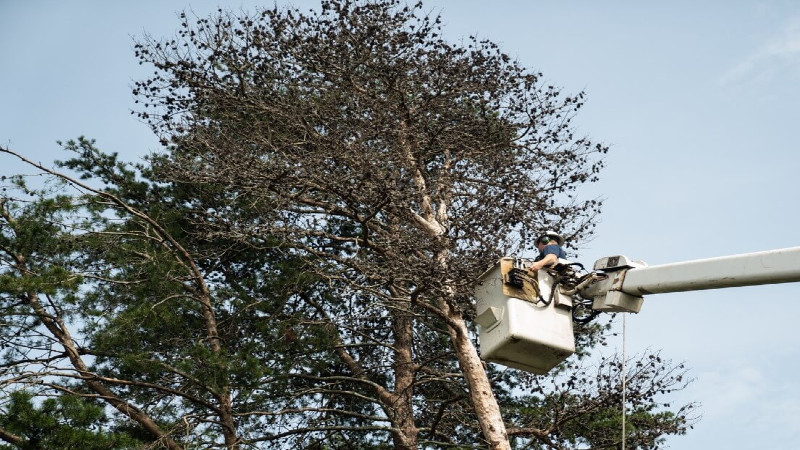Having a paved patio is a popular option for homeowners. A paved patio or garden has plenty of advantages over a grass-based landscape and overall requires less maintenance. That’s just one of the many reasons they are popular. What’s more, with all the brickwork design available, it’s a great way of enhancing the look and feel of your home and adding value to your property.
Before you begin
Before you start paving your patio, it might be best to speak to a builder who can supply you with all the raw materials, if not the workforce. Builders in Bristol have everything you will need to pave your patio, just like anywhere else in the country. First plan your project thoroughly – consulting designs and layouts that you think will be suitable for you. Make sure to “edge” the area with suitable material, such as H-4 treated timber boards or sleepers. This will ensure the paving and bricks wont sag or shift over time. If the area you are paving is curved, you can use plastic or aluminium edging.
Once this is done, you need to get all the material you need to complete the job. Show your plan to a builder and he will help you decide the quantities. You will need a good deal of sand to lay as a bed on the ground, about 25mm thick, then you will need cement for the whole area and all the slabs and bricks. You might need a van to transport all this material if you have a particularly large garden. You also need to consider drainage which needs to be located away from any adjacent buildings. Consult your builder, such as builders in Bristol or anywhere else in the UK, if you need help with this.
Lay the groundwork Once you have all the material together, you can start edging the entire area you intend to pave. You may need to do some landscaping to make sure your patio is entirely even and stable before you begin edging the area. Then you need to add the sand, 25mm thick as mentioned. You can use a manual tamper to get the surface of the sand even or hire a plate compactor for a large area. Use a timber screed to smooth the surface, then you can begin laying the pavers. Start from a corner and work your way down the edge – standing on each paver as your lay them down so as not to disturb the sand. Add cement on the bricks or slabs as you lay them next to each other, and when you are done, spread a light layer of sand over the whole area and brush it to get it into the gaps, then sweep off the excess and you are done.



